Exploring Monte Albán
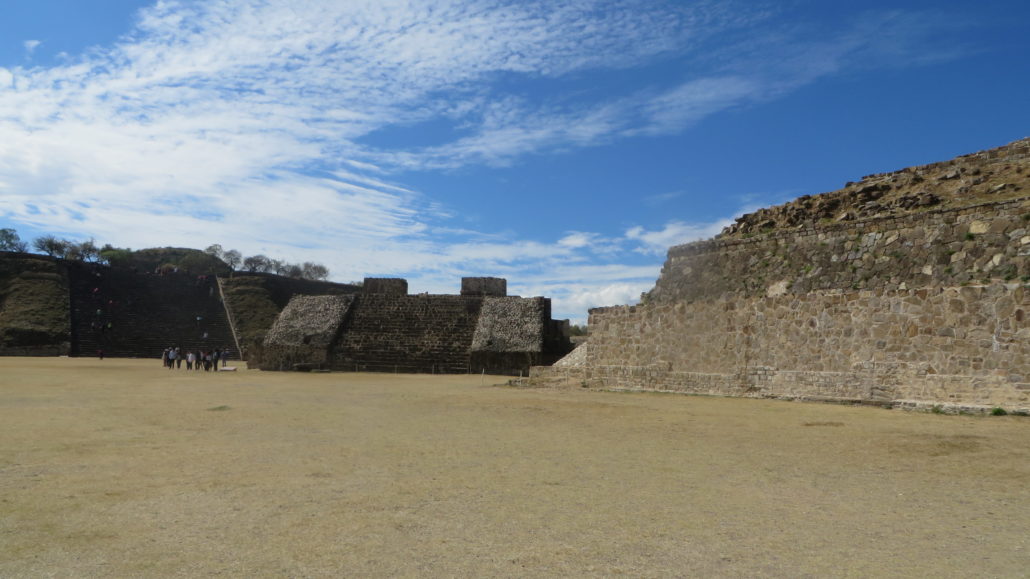
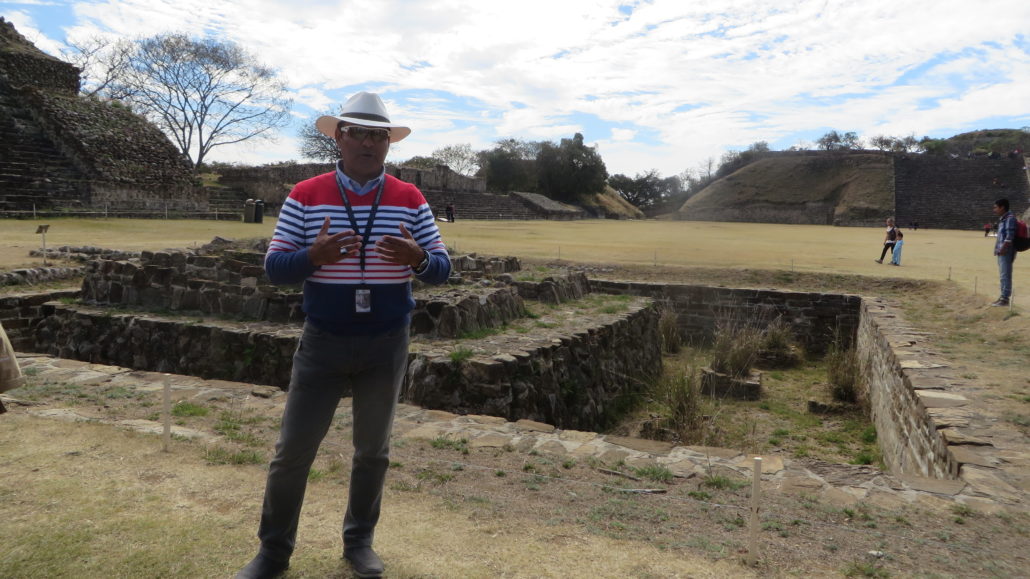
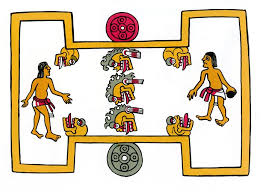

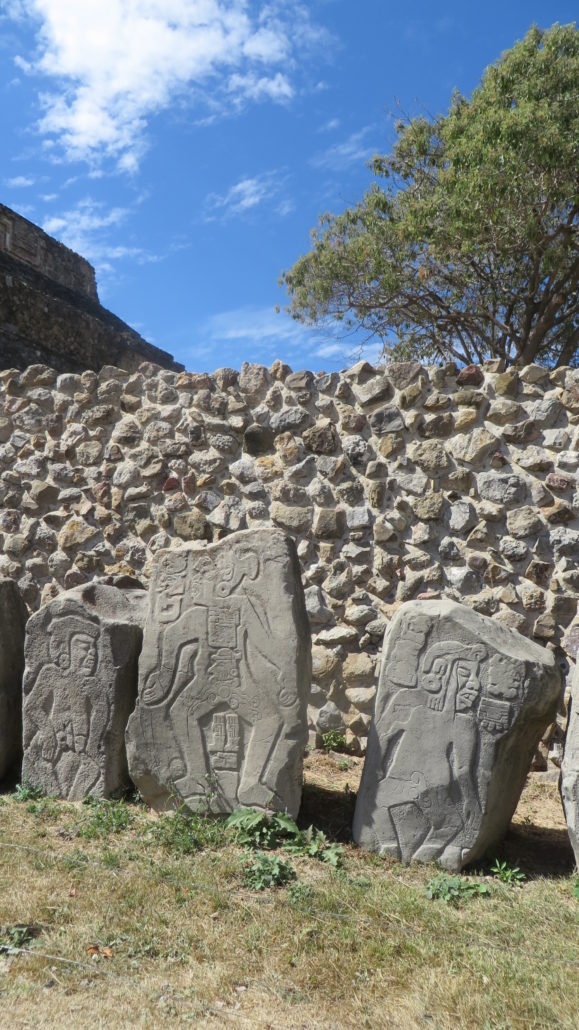
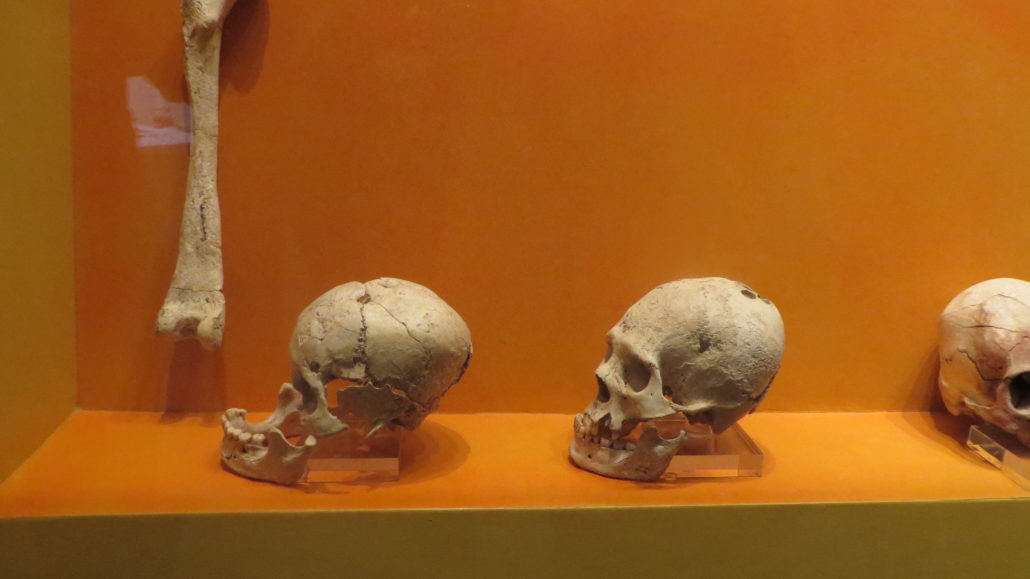

| Some of the artifacts from the site |

Note the elongated skulls. They would wrap the baby’s head to force it to this shape. The shape denoted power and prestige.







| Some of the artifacts from the site |

Note the elongated skulls. They would wrap the baby’s head to force it to this shape. The shape denoted power and prestige.


| Our guide Adalberto |

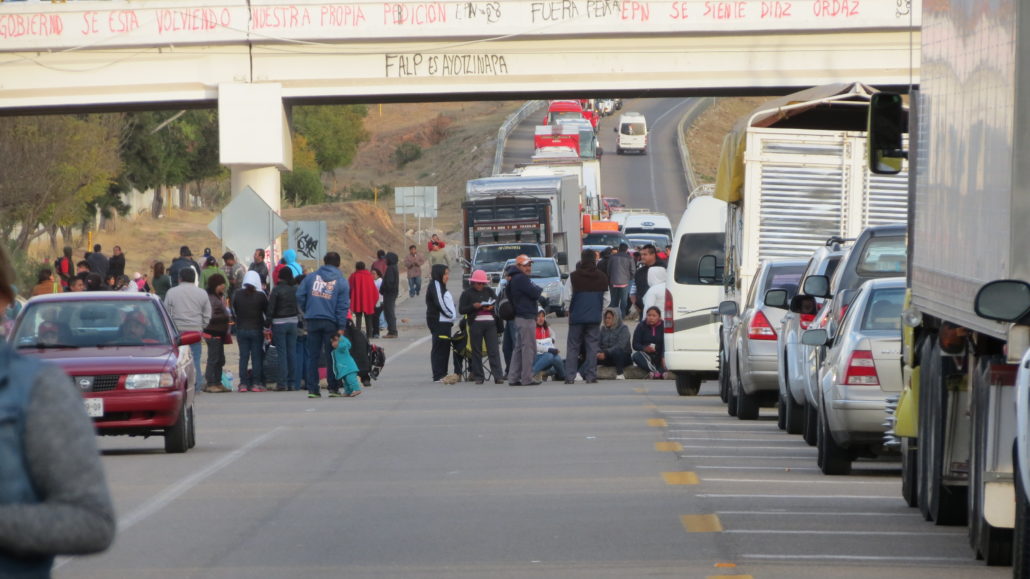

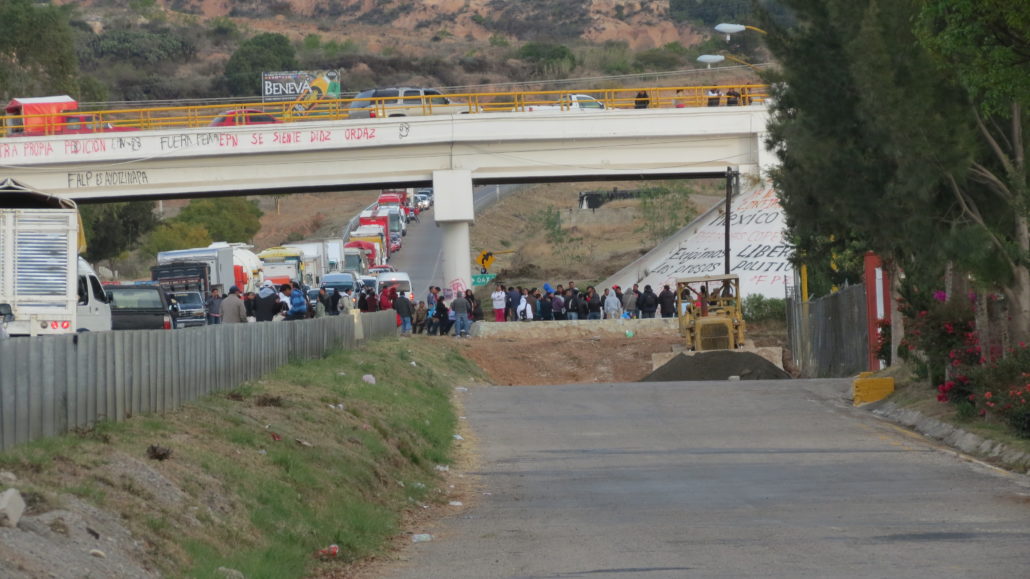
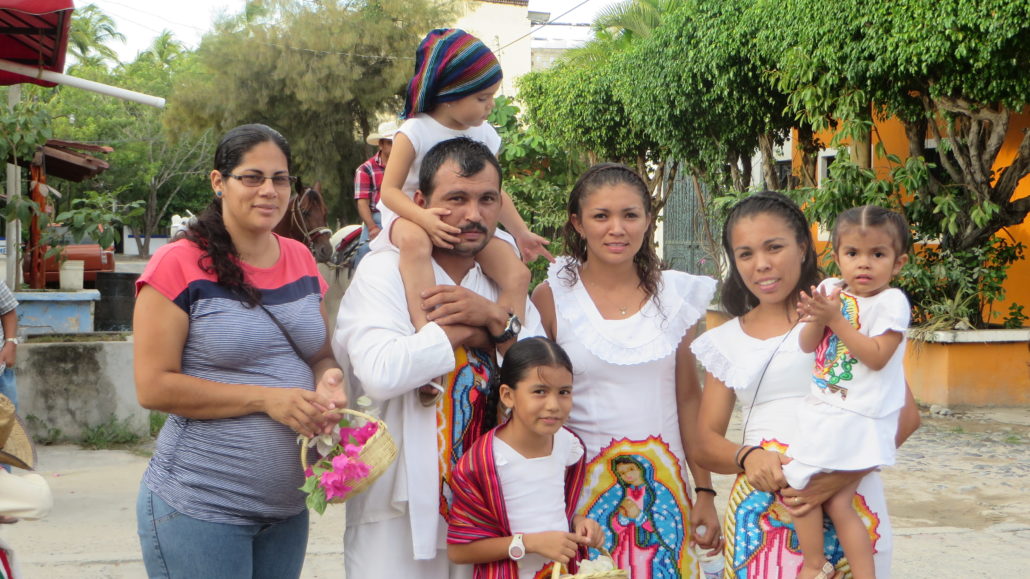 Some of our Mexican family
Some of our Mexican family


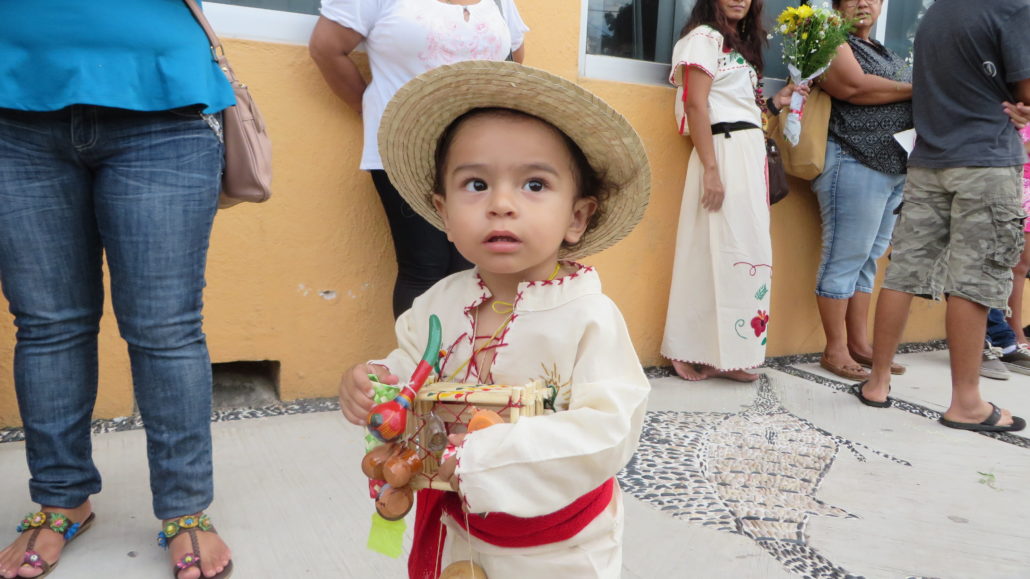

The mothers were thanking ME for taking their children’s photos.
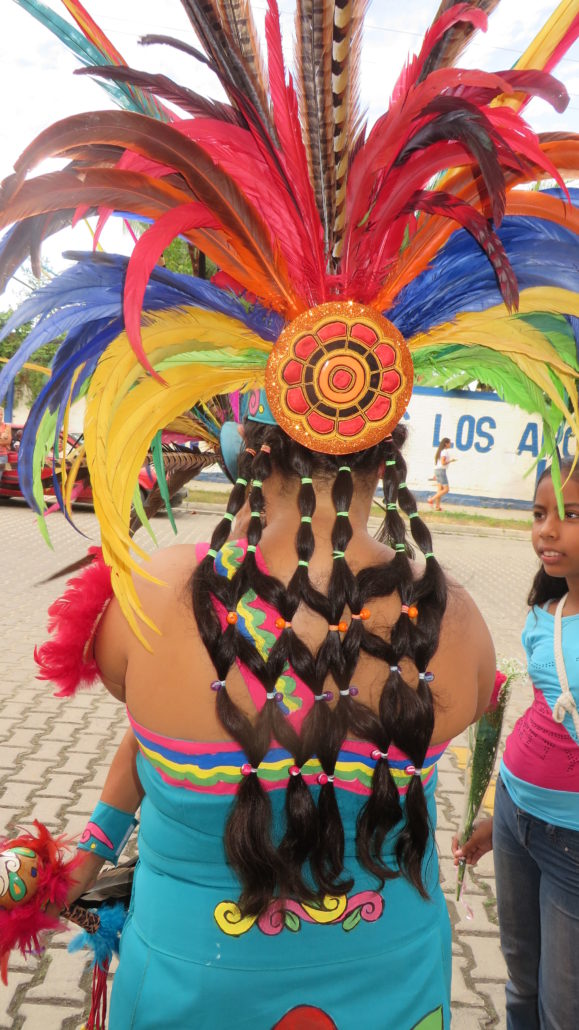
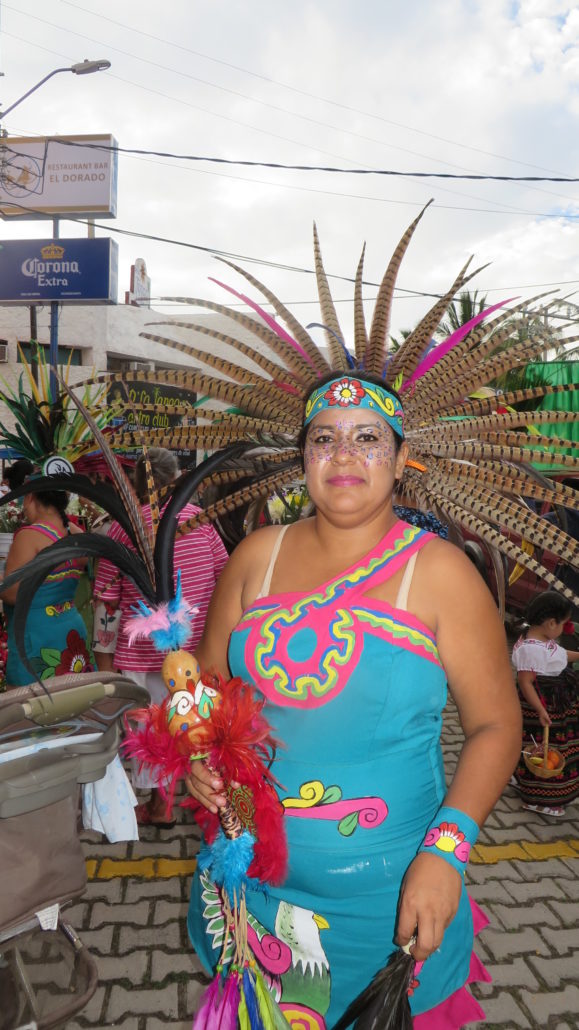


| Esmeralda and Gary – great food, friendly service |
| Patricia and Bernardo – our amigos |
| The Happy Cow where we buy the majority of our meat |
| Grace on the right – we buy a lot of our vegetables and other food items here. She will go out of her way to bring in whatever you want |
| Cheley- great food selection and he too will bring in what he can for you |
| Gaby and Jesus Portobello – she makes the best homemade ice cream |
| Cheley’s fathers store |
1. Travel plug adapter (depending on where you are travelling)
2. Diva cup: For the ladies, an alternative to pads/tampons
3. Kindle or eBook Reader. Saves on weight and having to find English books on the road
4. iPhone/Smartphone, charger, and headphones. If you unlock your phone you can buy cheap SIM cards and plans for well less than $10.00 a month
5. Mini flashlight
6. Camera or use your phone
7. Copy front and back of your credit cards, debit cards, drivers licence, health insurance card. If any of these are lost, the important numbers are on the back of most cards. When my wallet was stolen, having a copy of these documents saved a lot time and frustration.
8. You should also have a paper with your blood type, allergies, chronic illnesses, and medicinal intolerances. You can also add an ICE (in case of emergency) person’s name and contact number.
9. Solid shampoo by Lush
10. Pack in two basic colors. I usually pack black and white with some colour thrown in.
11. Buy some inexpensive plastic rain ponchos that fold down to nothing.
12. Scarves are very versatile. They will brighten up your wardrobe and can keep you warm if needed.
14. Drip dry underwear that dries overnight. Try www.exofficio.comor go to my travel store where you can purchase the same items for less.
15. Wear your heavy sweater or a coat on the plane. It can act as your pillow or a blanket and won’t take up room in your suitcase.
16. Small medical kit: Band-Aids; Dramamine, Imodium, Benadryl, aspirin, and any medicine that you are taking. Most countries will have whatever you need.
17. Toiletries: Pack small amounts of shampoo, conditioner, deodorant, lotion, toothpaste, and soap. Again, you will be able to purchase these items just about anywhere you travel. Toothbrush, toenail clipper, and nail file.
18. Doorstop for more security in your accommodation. Lee Valley has a reasonably priced one.
19. A small foldable bag for use on the way home as a second suitcase to put all those purchases.
20. PacSafe backpack. I used this backpack in Europe. It is lightweight and has pickpocket proof features. You can find the link on my travel store. Very reasonable price as well.
ETIQUETTE IN OTHER COUNTRIES OR HOW TO BE A GOOD TOURIST
| Trail |
| wooded area |
| Trail |
| Trail |
| Informational kiosk |
| Informational kiosk |
| canoe |
| totems |
| Information Kiosk |
| Walkway leading to viewpoint |
| Stairs leading to viewpoint |
| Viewpoint |
| Totems |
Travelling across Canada can be as full of adventure as time and money will allow. Unfortunately, we were on a short time frame, as we had to be in Ontario within 7 days of our departure for my husband’s meetings.
We stopped at this little village on our way south to take pictures of the grain elevator. I was sorry that I did not take a picture of the sign that read “No parking and pedlars.” I researched this little village and discovered that the population is 115. I cannot imagine what kind of problems they have not only with parking but also with pedlars.
The next day we moved over to the Hilton. While our husbands were in meetings, they arranged for a cooking demonstration for the women. Chef Willis is a very entertaining and informative speaker. He is the owner/operator of Kitchen Made, which offers culinary coaching and personal chef services in the Niagara-on-the-Lake area. His biography, along with his personal philosophy about food and cooking can be found at chefwillis@kitchenmade.ca
We learned to make pan-fried fresh salmon cakes and sweet-and-tart cucumber salad. Another treat was a bottle of his homemade worchestshire sauce.Of course, none of this would be complete without wine tasting some local wine!
We stayed another week and had wonderful visits with grandchildren, children, sisters, brother and friends. We had a fabulous afternoon in one of the many parks in Mississauga listening to the Canadian band ‘She’. Apparently there is an American band with the same name. ‘She’ comprises of Krista Blondin (vocals and percussion); Maxine Young (vocals and acoustic guitar); and Christina Mulligan (vocals and keyboard). Very talented young women and a delight to listen to. Check out their website for further information and their schedule. If you are in the area you must go and see them. www.thebandshe.ca
We spent a day a the CNE with two of our grandchildren and their mom. Had a great time but the CNE was not as I remembered it many years ago. Here are pictures of some of the sand sculptures entered into the contest.
Every year my sister, Barbara holds s “Barbfest” fundraiser in her backyard for the Princess Margaret Cancer Centre. There were two bands, Both were excellent. Pulled pork sandwiches, candy bar, and of course alcohol bar. There were close to 150 people there and she raised approximately 3,500.00. Good going Barb!